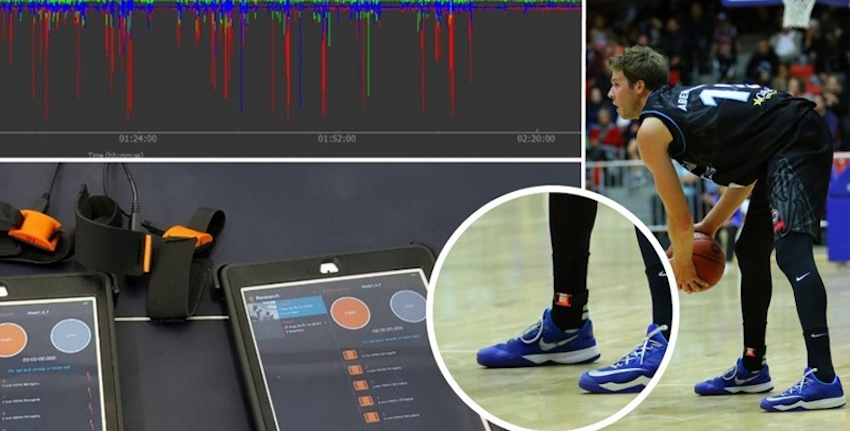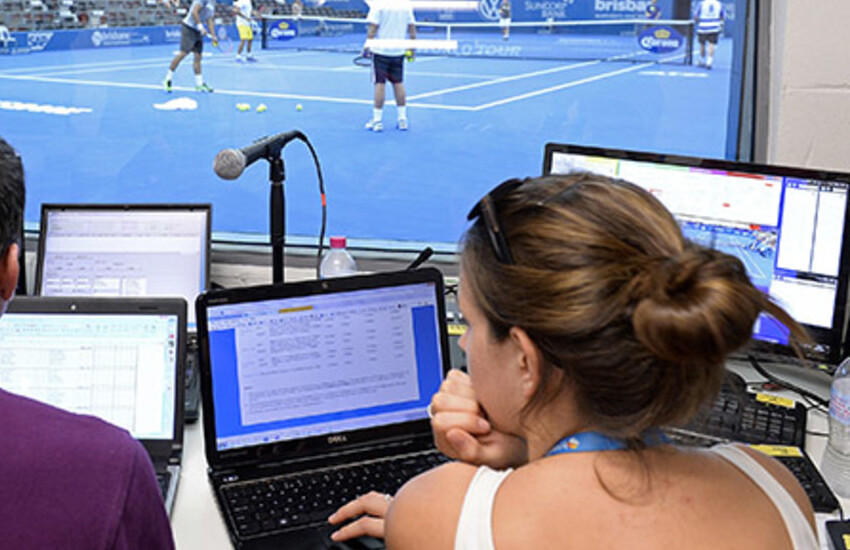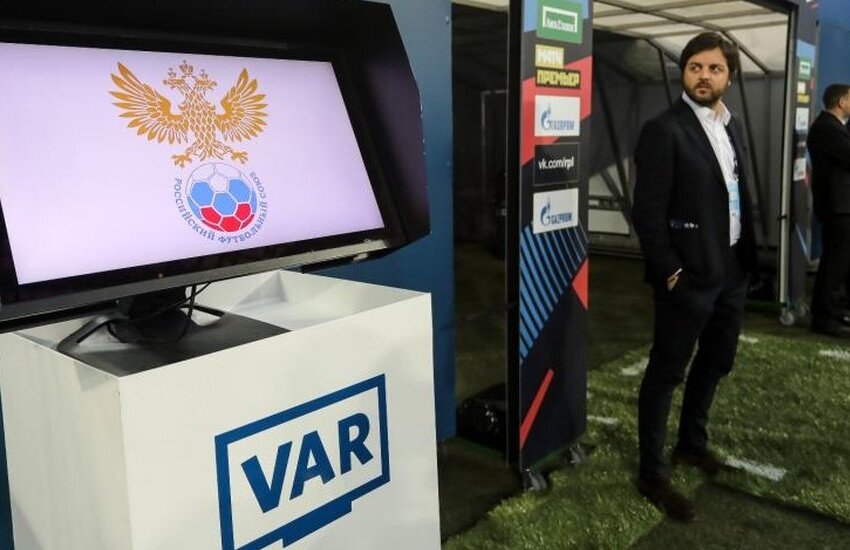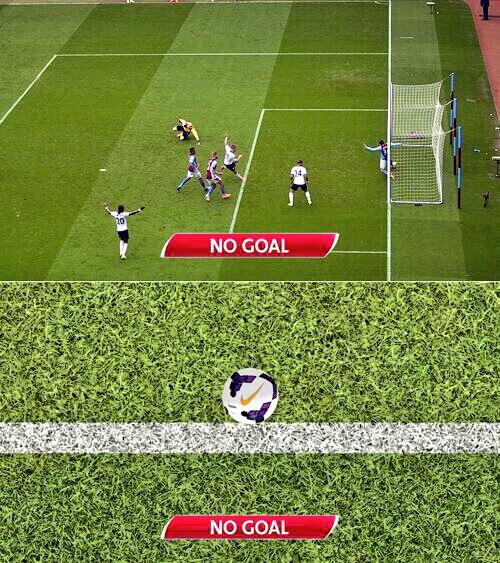As all we know the digital revolution has drastically altered countless lives, and the sports world has not been
immune to the changes. Technology is revolutionizing sports training by live-tracking performances, perfecting
athletic movements, enhancing communication, and virtually eliminating injuries. Here are 5 of the best and
most used technologies that are changing the sports world. Let us take a look at them!
The NBA Is Turning To Wearable Sensors To Prevent Player Injuries
The NBA and its teams have been particularly open to the wave of new ideas and technologies. Advanced statistics, wearable technology, and more now permeate the league. These and other developments are changing the way the game is watched, analyzed, and played. Wearable technologies are the kind of technologies that is being used all over the league.


Monitors and other devices used to measure a number of different things, from heart rate to player motion, are changing the way teams approach the game. These tracking devices can tell us about health — about preventing injuries, predicting them, monitoring players’ training loads, and keeping them healthy.
Hawk-Eye Line-Calling System can Benefit Tennis players
Hawk-eye is a technology used in tennis for determining if the ball is in or out. This line-calling system uses multiple camera angles to trace the tennis ball’s trajectory. Hawk-Eye uses six or more computer-linked television cameras situated around the court.


The computer processes the video in real time, and tracks the path of the tennis ball on each camera. These six separate views are then combined to produce an accurate 3D representation of the path of the ball. This technology is also used in almost all major sports like cricket, football, rugby, volleyball, and table tennis.
Baseball Team Improves their Game with PITCHFX Technology
Consider this tech the spiritual successor of Moneyball. Teams are no longer just looking at the results of plays that happen on the field; now they’re measuring what happens to the ball during the game.
Using sensors installed in Major League stadiums in 2006, PitchFX tracks the physics of every pitch, and teams have used that data to find pitchers who have special talents but are perhaps not being utilized properly.
Semi-Automated Offside Technology is an Evolution of The VAR Systems in Football
Semi-automated offside technology is an evolution of the VAR systems that have been implemented across the
world. This technology is the culmination of three years of dedicated research and testing to provide the very best for the teams, players, and fans. The new technology uses 12 dedicated tracking cameras mounted underneath the roof of the stadium to track the ball and up to 29 data points of each individual player, 50 times per second, calculating their exact position on the pitch. Also, the 29 collected data points include all limbs and
extremities that are relevant for making offside calls.


Interesting news about this technology is Qatar 2022 will be the first FIFA men’s World Cup to use semi-automated
offside technology in an effort to improve the speed and accuracy of decisions. The technology – successfully tested at the 2021 FIFA Arab Cup and at last year’s FIFA Club World Cup – will see video match officials receive offside alerts, with decisions validated manually before being communicated to the on-field referee. Can not wait to see what will happen!!
Figure Out Whether It is a Goal or a Near-Miss just with Goal-line technology (GLT)
Figuring out whether it’s a goal or a near-miss is an important part of a ref’s job. Goal-line technology debuted in the 2014 World Cup in Brazil and it’s still an important part of the tech being used this year in Russia.


With GLT, 14 cameras capture up to 500 frames per second and send the image to an image processing system. The 3D coordinates of the ball are monitored and when the entire ball crosses the goal line, the camera captures it and sends a signal to the referee’s watch. Goal Control is again providing the technology, as it did in Brazil.






